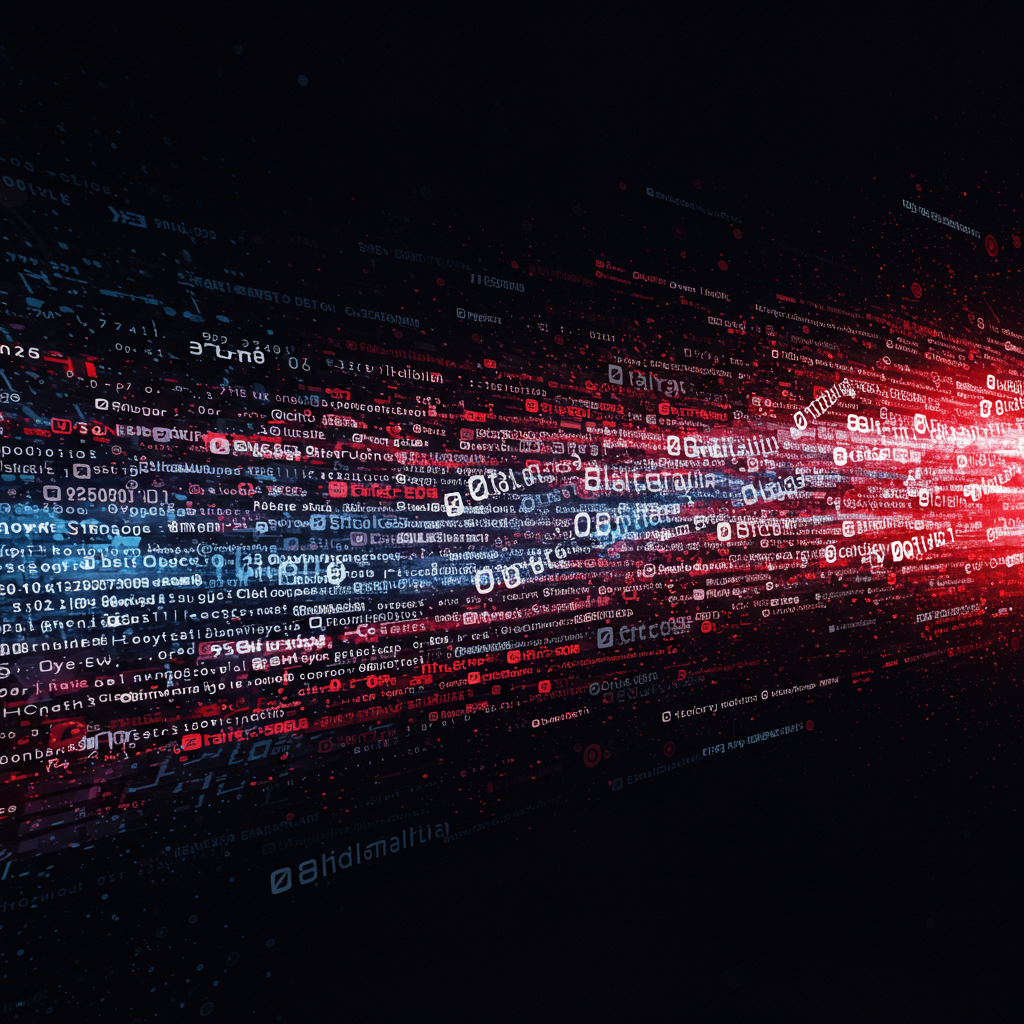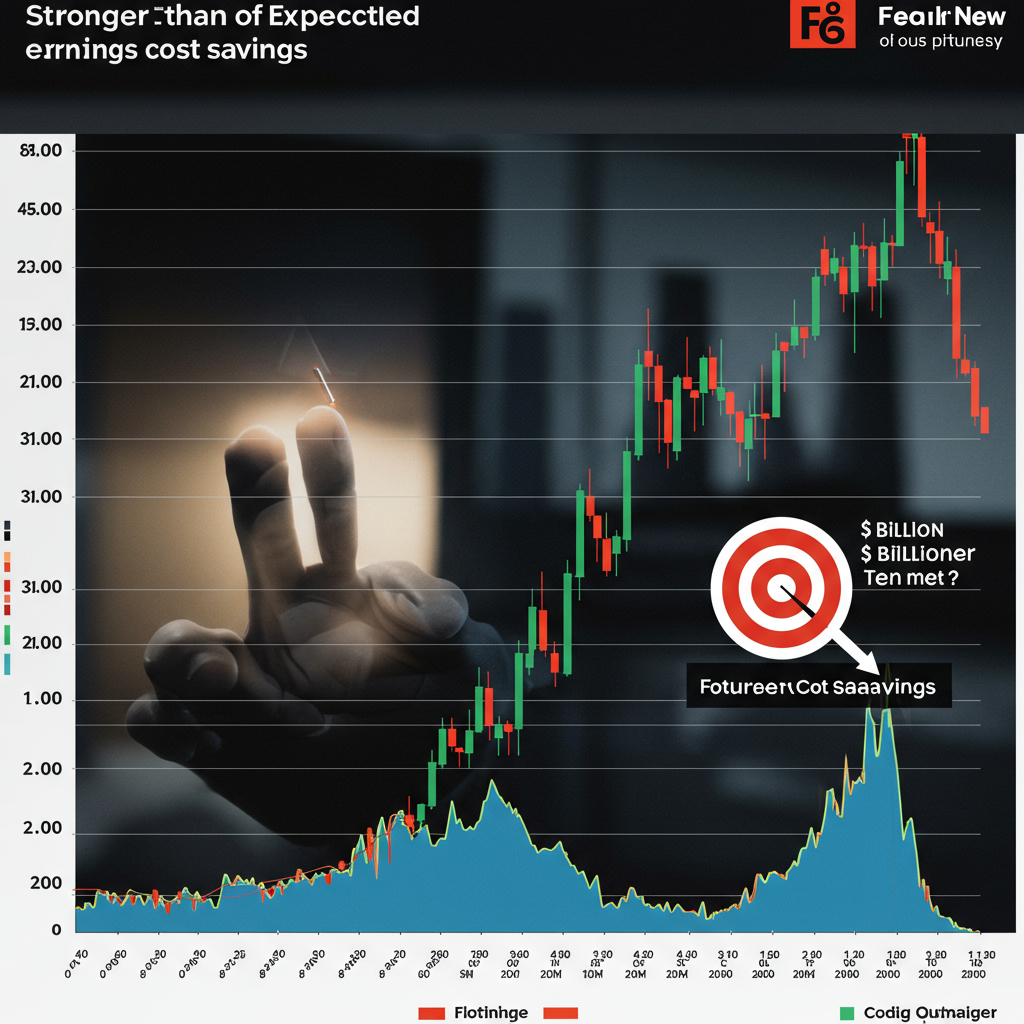Cybersecurity researchers have uncovered a colossal dataset containing nearly 16 billion login credentials leaked online. This discovery represents one of the largest known data exposures, potentially granting cybercriminals “unprecedented access” to a vast number of online accounts used by consumers daily.
The trove, identified by researchers at the cybersecurity outlet Cybernews, consists of data compiled from over 30 databases discovered since the beginning of the year. While the sheer volume is staggering – exceeding double the current global population – it’s understood that this count likely includes many duplicate entries and credentials for multiple accounts belonging to the same individual.
What Was Exposed?
These massive datasets contain sensitive login information, including usernames, passwords, and associated website URLs. Researchers also note that the logs often include more than just passwords, potentially containing tokens, cookies, and metadata, which makes the data even more potent and dangerous for malicious actors.
The leaked credentials appear to cover a wide array of popular platforms and services. Screenshots and reports indicate the presence of login information for major tech companies like Google (Gmail), Facebook, and Apple (Apple IDs), alongside platforms such as GitHub, Telegram, Zoom, Twitch, and numerous other social media, corporate, and developer services.
Source of the Leak: Compiled Data, Not a Single Breach
Crucially, this isn’t the result of a single, recent breach targeting one specific company. Instead, the massive dataset is believed to be a compilation of information gathered over an extended period from countless separate security incidents. Experts suggest that the primary source for this data accumulation is likely malicious software known as “infostealers.”
Infostealers are a type of malware designed to infiltrate a user’s device and siphon off sensitive data, including stored login credentials, cookies, and other valuable information. This compiled data was then aggregated into the large datasets discovered by researchers when they were briefly exposed publicly, reportedly via databases like Elasticsearch or object storage instances.
While some older breach data may be present, researchers emphasize that much of this information is relatively recent and highly “weaponizable” by cybercriminals due to its structure and the inclusion of supplementary data like tokens.
Why This Data is Highly Dangerous
The availability of such a massive collection of login credentials poses significant threats:
Account Takeover: Cybercriminals can use automated tools to attempt logging into accounts using the leaked username/password combinations. This is particularly effective due to the common user practice of reusing the same or similar passwords across multiple services. A successful login can lead to fraudulent activity, access to personal data, or further attacks.
Targeted Phishing and Social Engineering: The detailed information in the logs, including associated URLs and potentially other personal data, allows attackers to craft highly convincing phishing emails or social engineering attempts tailored to the victim, making them much harder to spot.
Identity Theft: If enough sensitive information is present alongside login credentials, attackers could potentially use the data for identity theft.
A NordPass survey is cited, revealing high rates of password reuse among users in various countries, underscoring the vulnerability that this compilation of leaked data exploits.
What You Can Do Right Now
Given the scale and nature of this leak, experts strongly recommend taking immediate action to protect your online accounts:
Check for Exposure: Use reputable services like “Have I Been Pwned” (haveibeenpwned.com) by entering your email address to see if your accounts or specific passwords associated with that email have appeared in known data breaches.
Enable Multi-Factor Authentication (MFA) / Two-Factor Authentication (2FA): This is the most critical step. Enabling MFA adds a second layer of security (like a code sent to your phone or an authenticator app) required in addition to your password, making it extremely difficult for unauthorized users to access your account even if they have your password. Enable this on all possible accounts, especially critical ones like email, banking, and social media.
Change Passwords Immediately: Update passwords for any accounts you suspect might be affected. More importantly, get into the habit of using unique, strong passwords for every single online service.
Use a Password Manager: A password manager helps you create, store, and manage unique, complex passwords securely for all your accounts. Many can also alert you if your stored credentials appear in a known breach.
Adopt Passkeys Where Available: Major tech companies are moving towards passkeys as a more secure, passwordless alternative using device biometrics or PINs. Utilize this technology whenever offered.
Be Vigilant Against Phishing: Be highly suspicious of unexpected emails, messages, or calls, especially those asking you to click links, download files, or provide personal information. Verify requests independently if they claim to be from someone you know or a company you do business with.
Secure Against Infostealer Malware: Download software only from official sources, keep your operating system and applications updated, use reliable antivirus software, and consider using a VPN for added protection.
Delete Unused Accounts: Minimize potential points of exposure by closing accounts on services you no longer use.
Consider Identity Monitoring: Services that monitor the dark web for your personal information and offer identity theft protection can provide an additional layer of security.
While alarming, this incident highlights the persistent threat posed by compiled credential data and serves as a crucial reminder for everyone to strengthen their personal cybersecurity practices in an increasingly digital world.




